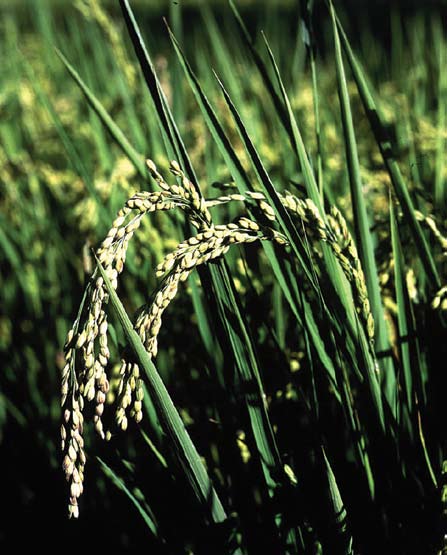Rice serves as the staple food for more than half the world’s population, especially in tropical Latin America, and East, South and Southeast Asia. Additionally, rice is used in products such as straw and rope, paper, wine, crackers, beer, cosmetics, packing material − even toothpaste.
To safeguard such an essential global resource, scientists at The Ohio State University are using supercomputers to study rice’s genetic information. In particular, they’re looking for ways to combat diseases such as rice blast, a fungus that attacks rice and many other grasses and sedges that can reduce crop yields by up to 50 percent.
“Our research focuses on understanding how plants and their pathogens interact at the molecular level and how biochemical reactions control disease resistance,” said Guo-Liang Wang, Ph.D., a professor in OSU’s department of plant pathology. “Our longterm goal is to genetically engineer plants for disease resistance in such a way as to reduce reliance on environmentally damaging pesticides.”
Dr. Wang and his research team also are developing new genomics tools and resources for functional analysis of the rice genome.
“Bioinformatic tools developed by OSC experts are essential in analyzing this huge set of sequence data,” said Dr. Wang. “Six papers have been published from the collaboration with the OSC team in the last three years.”
“We are currently using rice as the model plant because it is one of the most important food crops in the world,” said Dr. Guo-Liang Wang.
--
Project lead: Guo-Liang Wang, Ph.D., The Ohio State University
Research title: Rice functional genomics
Funding sources: National Science Foundation, U.S. Department of Agriculture, United States Agency for International Development, International Rice Research Institute, & Ohio Agricultural Research & Development
